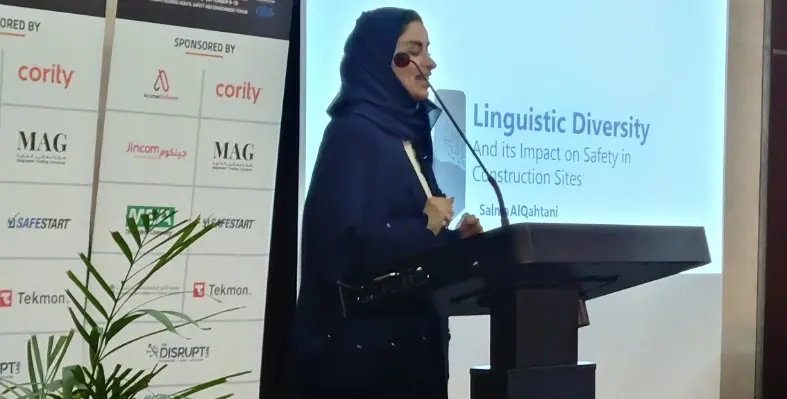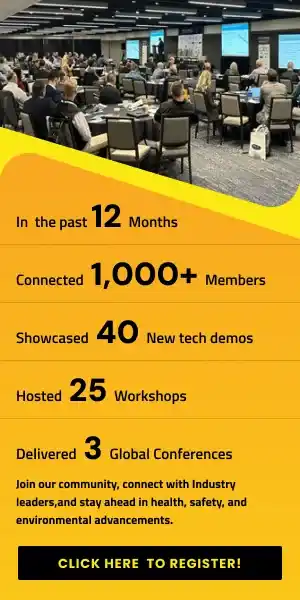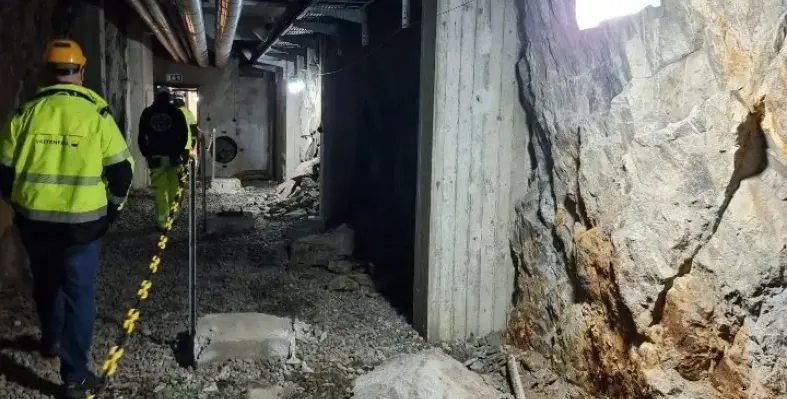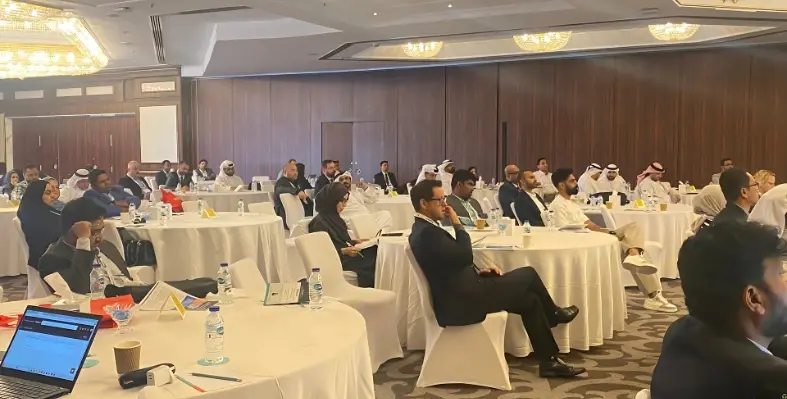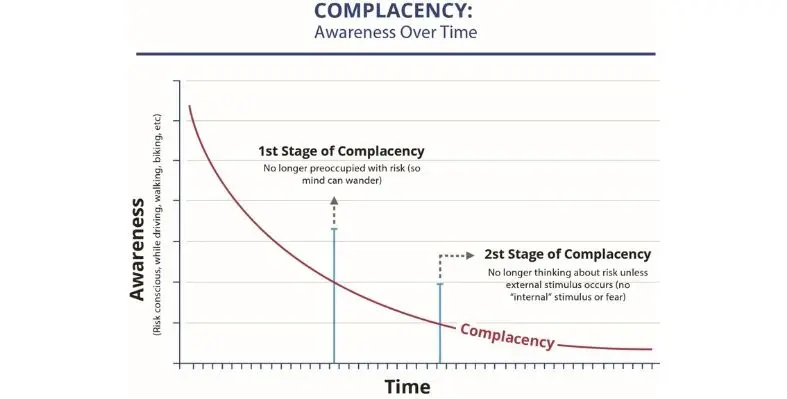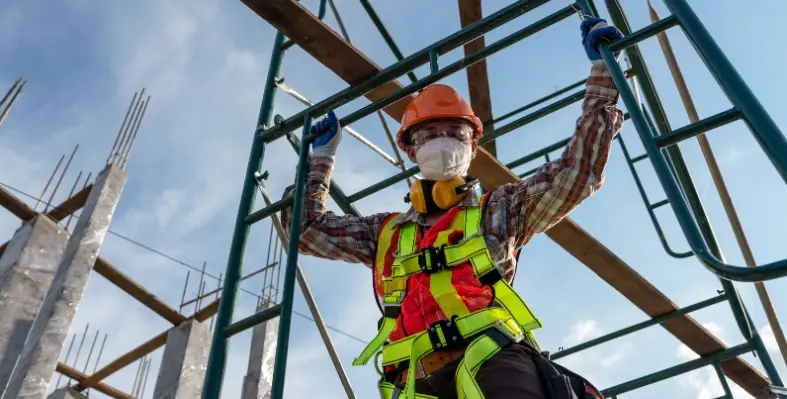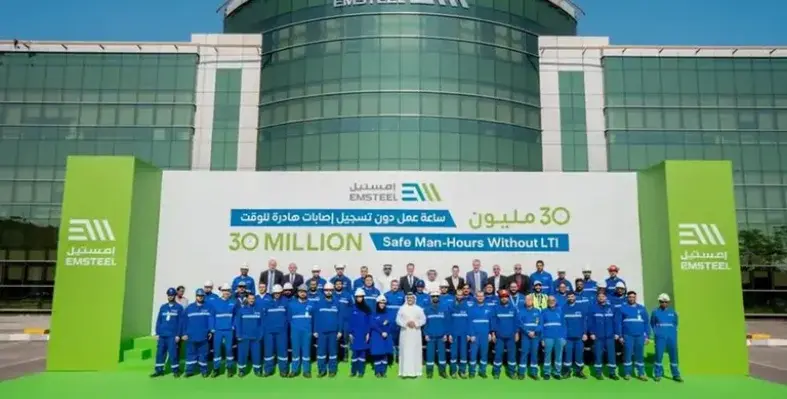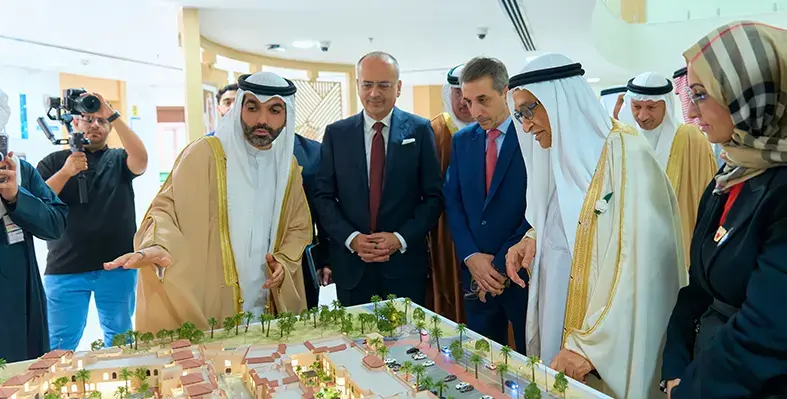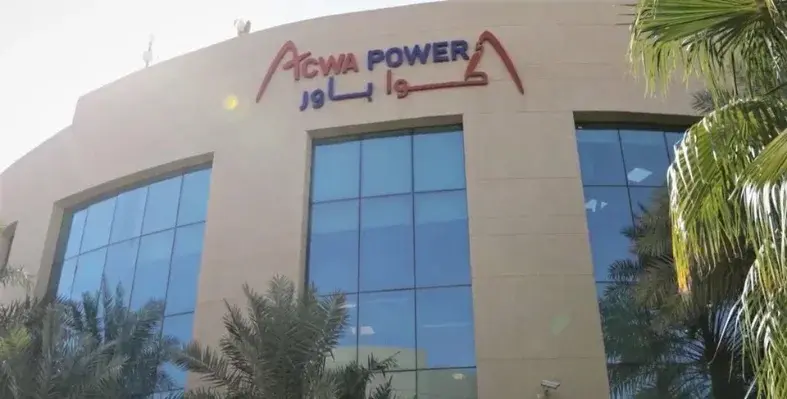Salma Alqahtani, OHS training quality assurance manager at Diriyah, delivered a compelling presentation on linguistic diversity and its critical impact on safety in construction sites at HSE KSA 2025 held in Riyadh from 9-10 September.
Her talk highlighted the complex challenges arising from multilingual and multicultural workforces in the construction industry, particularly in rapidly expanding markets like Saudi Arabia.
The core of her presentation focused on how language barriers can significantly compromise workplace safety. She emphasised that construction is an inherently risky and dynamic industry, where workers from diverse linguistic backgrounds often collaborate in high-stakes environments.
Her research revealed that linguistic barriers were the second most significant cause of poor communication in workplace settings.
Mitigating risks
Alqahtani identified several key language-related challenges: the absence of a lingua franca, worker illiteracy, and poor text readability. She noted that approximately 30 million adults with lower literacy skills work in high-risk jobs, creating substantial safety risks.
Her proposed solutions were innovative and practical. She recommended using:
- Pictograms and visual aids
- Adult learning theory in safety training
- Digital learning technologies
- Augmented reality and interactive training modules
Alqahtani encapsulated her core message, saying, "what is not looked for is not found. Language problem-related accidents wouldn't be acknowledged, and neither associated risks will be managed."
She also shighlighted her approach to effective training, adding, "investment in learners is always repaid in the long term, especially if you're thinking of reducing the cost of accidents and injuries that would come later if safety training wasn't as effective as intended."
Alqahtani's background in linguistics and translation studies uniquely positioned her to address these challenges. She advocated for tailored training approaches that consider workers' specific cultural and linguistic contexts, emphasising the importance of understanding why safety matters to adult learners.
Her recommendations included enforcing a single workplace language, developing training materials in workers' native languages, and creating interactive, engaging safety programs that leverage visual learning techniques.
The presentation was a crucial exploration of how linguistic diversity can be transformed from a potential safety liability into an opportunity for more comprehensive, inclusive workplace safety strategies.



